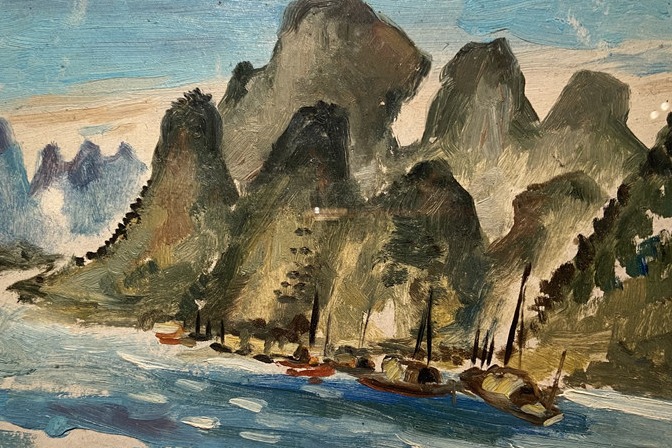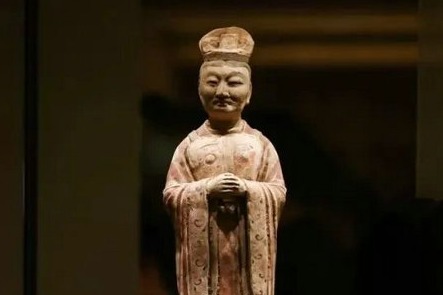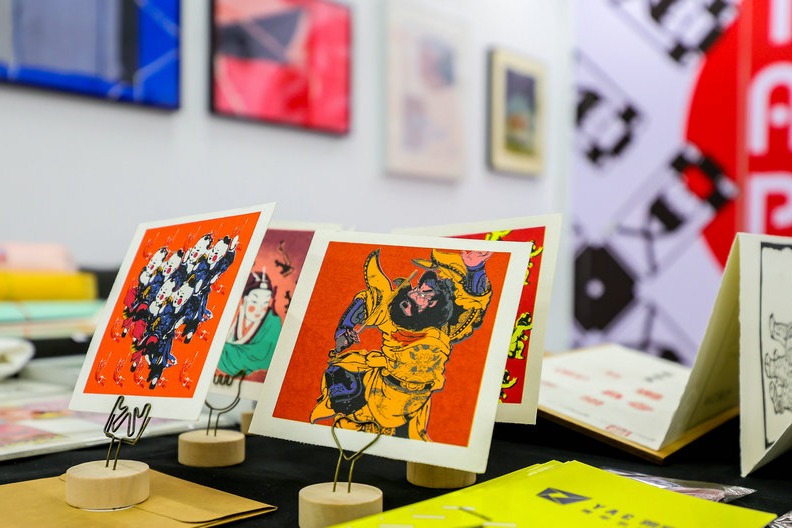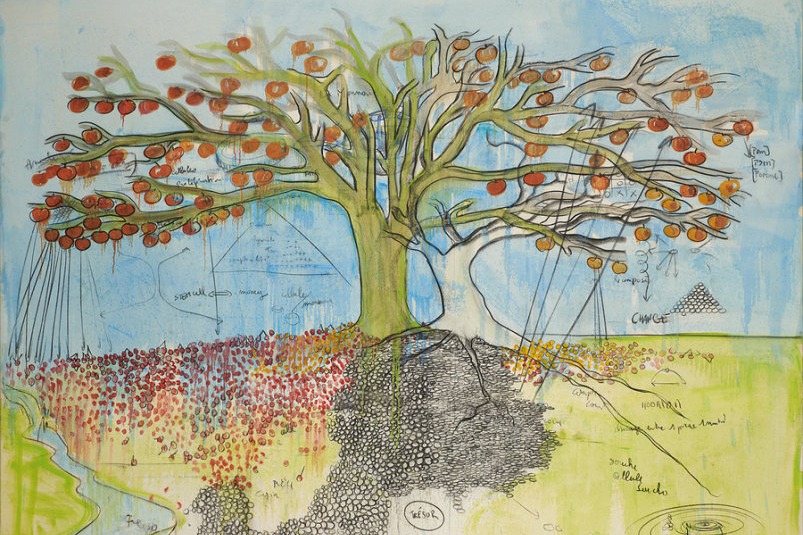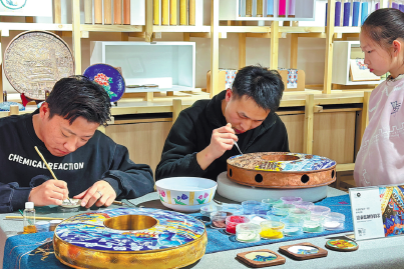Singing the sound of nature
In China, the popularity of Mongolian vocal traditions continues to develop new depth, Chen Nan reports.


"When I first started, my throat hurt, and my voice would crack. It was incredibly difficult," Tanghis-Khoo says, his eyes reflecting the hard work behind his success. "But it was worth it. I started by listening to the masters, and when I finally produced that first sound, I knew I had touched something ancient. It was like learning a new language of sound."
TanghisKhoo now incorporates contemporary elements like jazz and electronic music into his performances, hoping to introduce a younger audience to khoomei. His work bridges the gap between ancient tradition and modern innovation, demonstrating the form's versatility and relevance today.
Another standout was 21-year-old Anha Bayier, a student at the Minzu University of China. His performance blending khoomei with urtyn duu, or long song, another traditional Mongolian vocal style known for its sweeping melodies and elaborate ornamentation, captivated the crowd. It was a blend of tradition and innovation, a seamless fusion of two art forms that both reflect vast landscapes and the nomadic way of life.
"I've been singing urtyn duu since I was a child," Anha Bayier explains, his voice filled with pride. "My family members have been urtyn duu performers for three generations. Like khoomei, it connects us to the land and to our history. Both forms present the beauty of nature, so I combined them to create something new."
Anha Bayier's fresh take on these two distinct techniques won him the competition. His mastery of khoomei and his creative use of urtyn duu may have earned him the title of champion, but it was his passion for the tradition that left the crowd in awe.



















